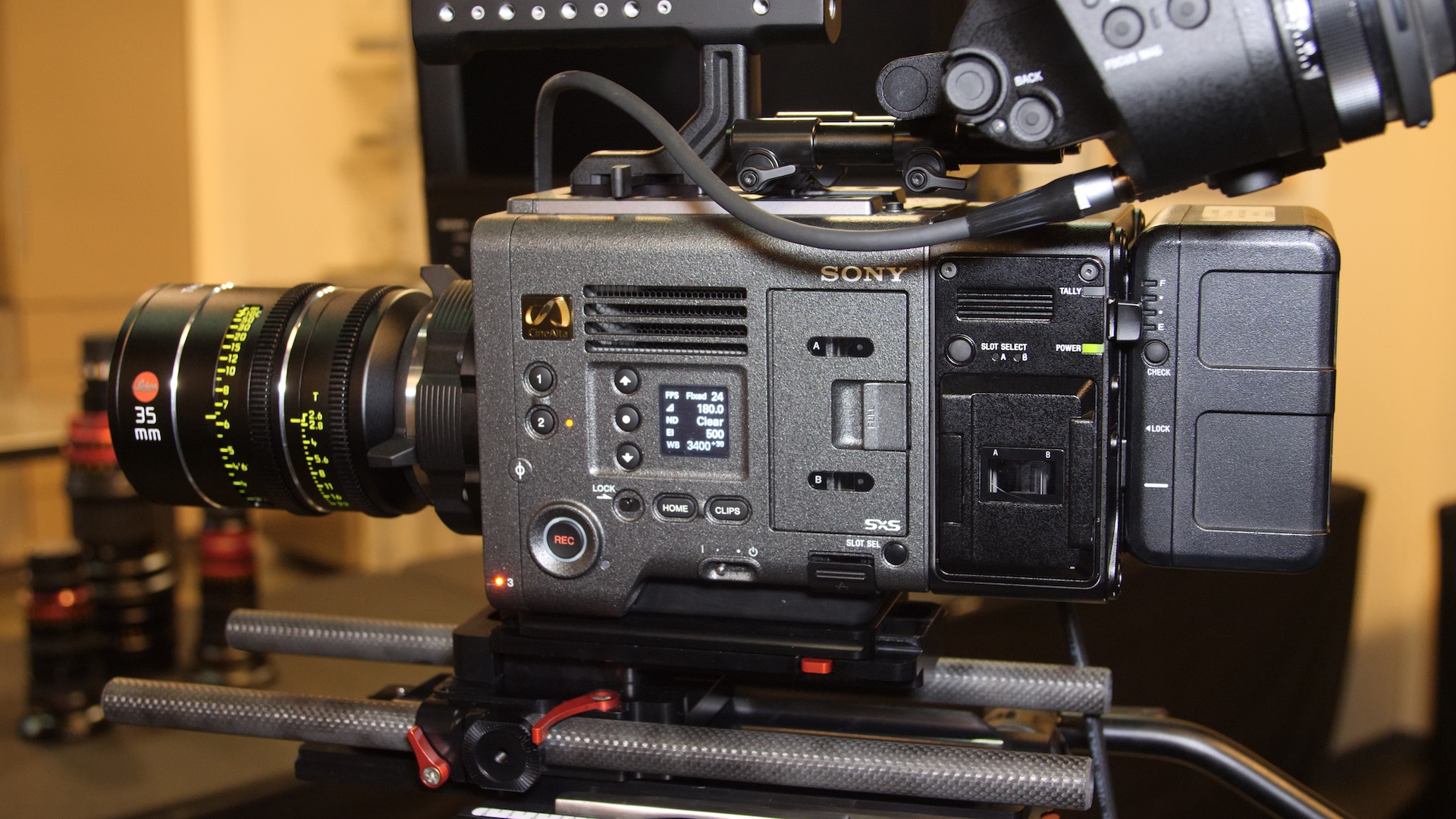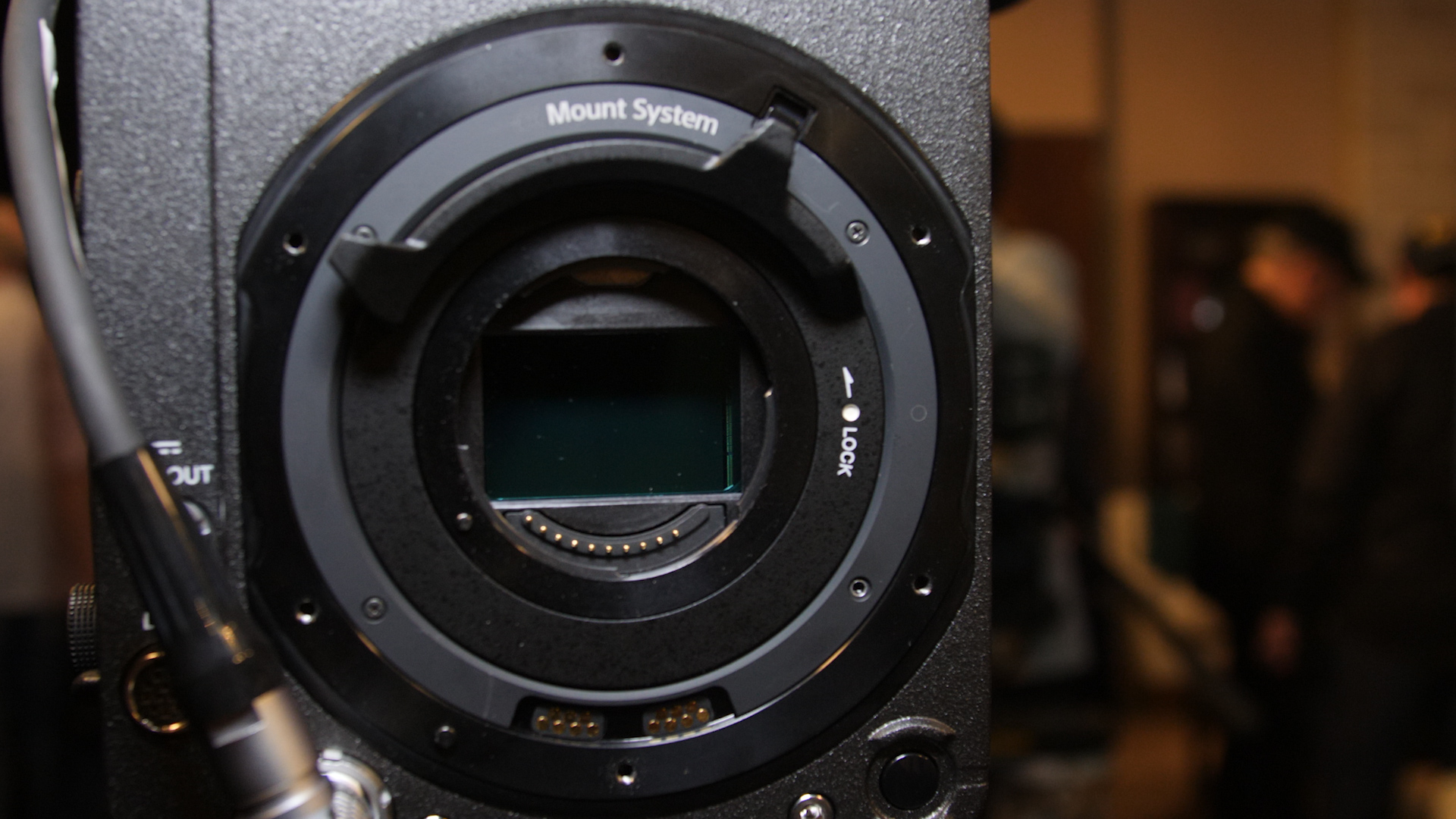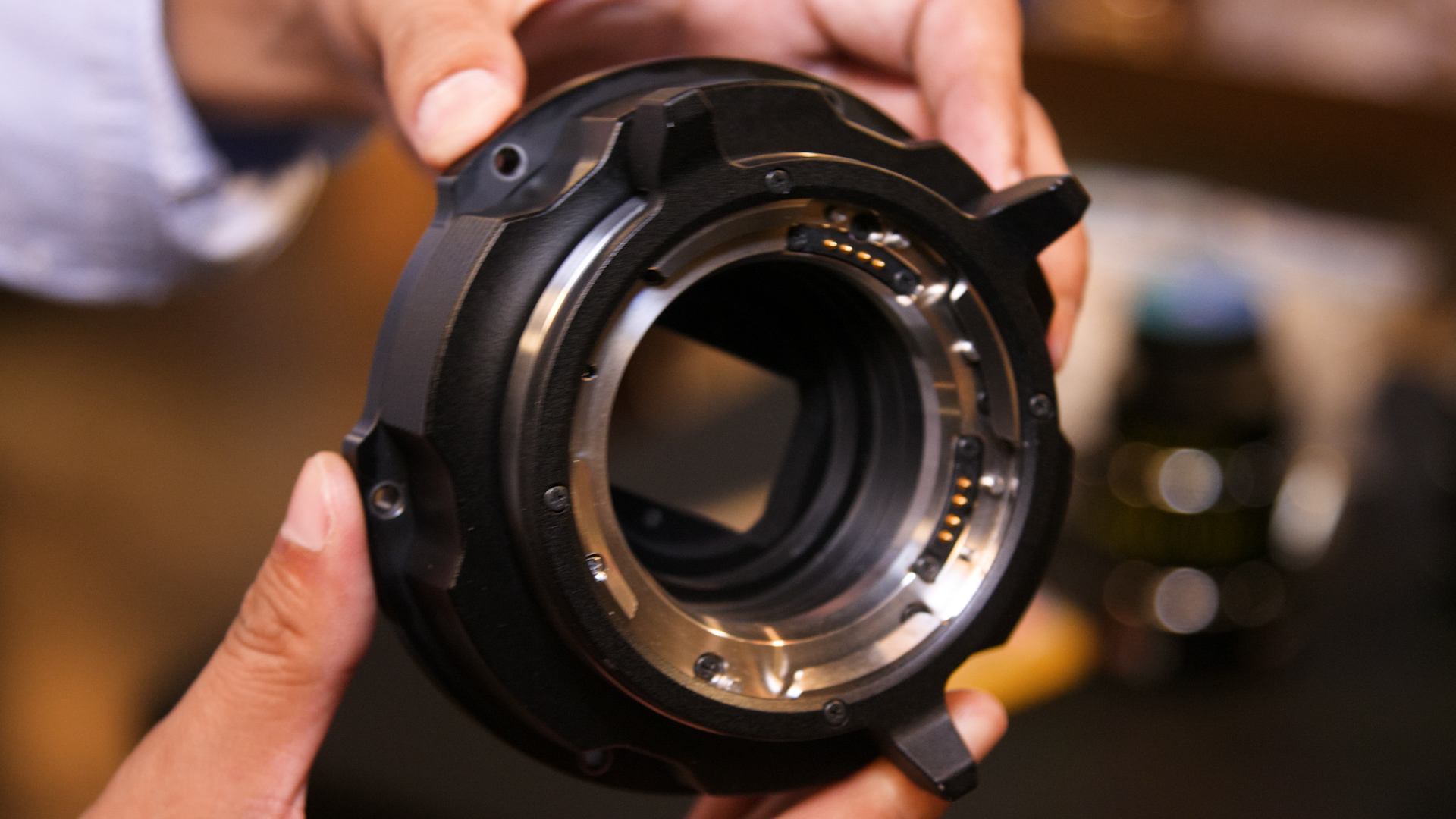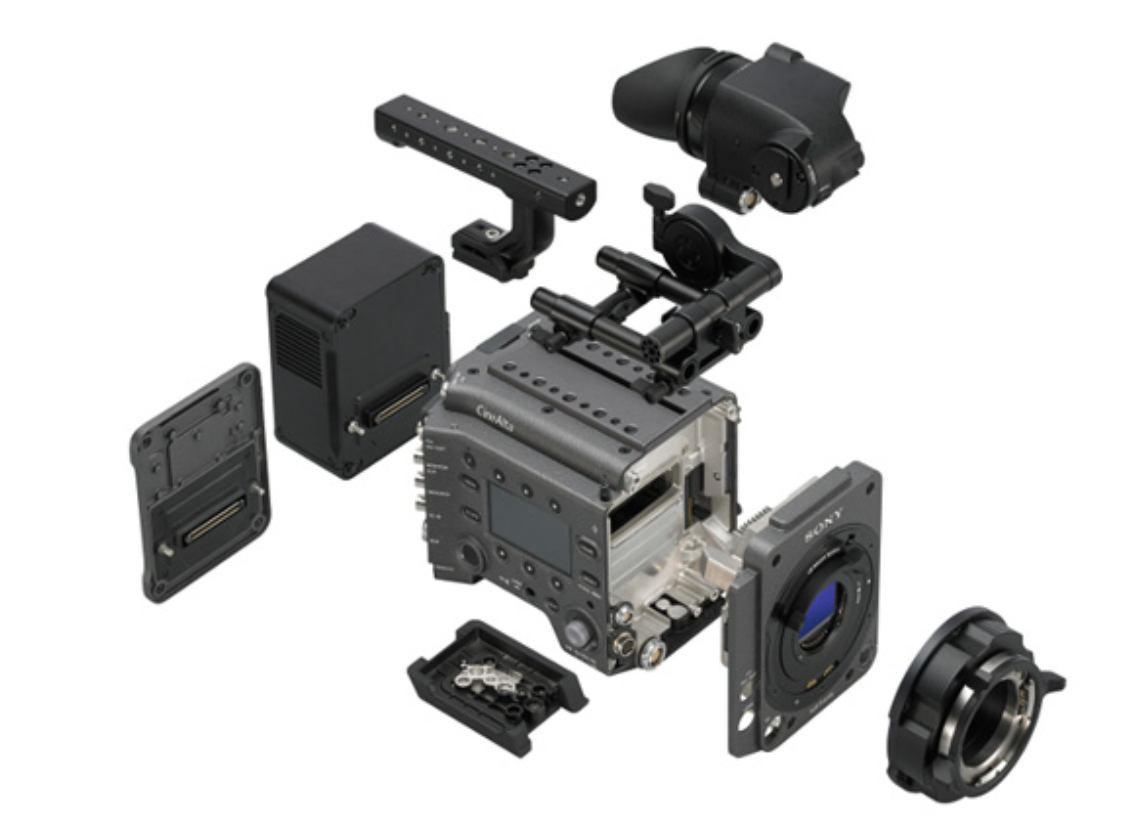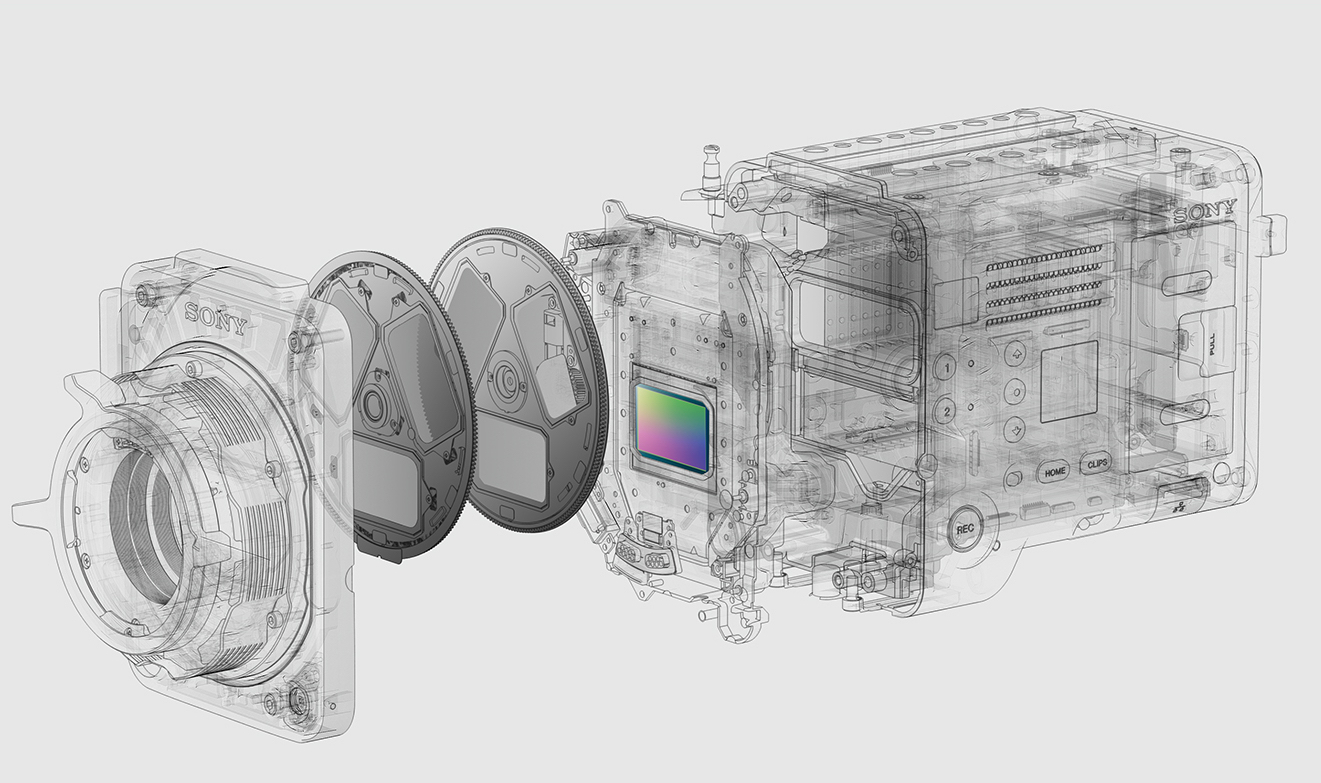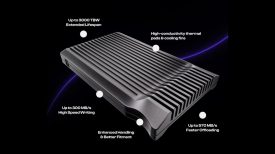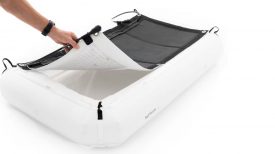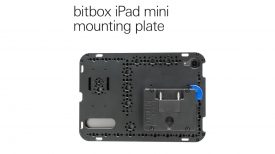I went to the Sony VENICE launch event at Sony Pictures Studios in Culver City on Wednesday night. This was a chance to not only talk to Sony, but also get up close and personal with their latest camera.
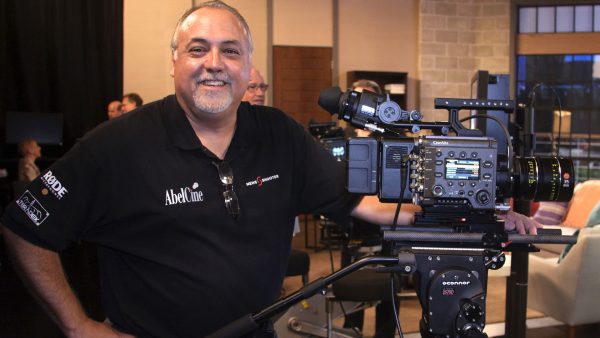
I was excited to see first hand the new full frame cinema camera and talk to Sony representatives about all the features. If you want to get the nuts and bolts on the Sony VENICE check out our coverage here.
The event kicked off at 4:30pm. I was a little early. No LA traffic! Go figure. That never happens. When I first approached the camera I was very surprised how small the overall size of VENICE is. Oh, and about the name. I’m really happy to see an actual name instead of a cryptic letter followed by numbers. Lets hope this trend continues right?
I was expecting a big F65 beast but the VENICE is far from the F65 in pretty much every way, including the price tag. List price is $42,000US. Expect it to be a little less when it shows up in retail shops. The F65 is a $64,000 cinema camera. This puts the VENICE in a very competitive place and for good reason. Equipped with a full frame 6K 3:2 36x24mm sensor the camera can deliver a lot of different frame sizes including a massive 6K 6048 x 4032 and full anamorphic however these two features are not included in the base price of the camera. They will be unlocked as paid upgrades. Now filmmakers have a lot of choices these days in the high end camera market including a very large 6K anamorphic option.
VENICE comes in under 9lbs for the body alone, and is a little shorter but taller than the F55. Small and modular is what the VENICE is shooting for.
Lens Mount or should I say mounts
One feature that really impressed me is the way Sony designed the lens mount.
The PL mount can be removed and underneath is a native (locking) E-Mount. This makes the VENICE a very versatile camera when smaller, lighter optics are what you need. Agnostic is a word I heard a lot at the event. Lens and sensor agnostic.
The user up-gradable sensor block is a great idea. No clean room required. Peter says you can do this in the field in a few minutes. So this had me thinking.
Is Sony’s intention to make different sensors for different applications? Monochrome? High frame rates? Interesting idea. I mentioned this and didn’t get a no for an answer.
The camera will have limited frame rates with the sensor it currently will ship with 24p as the most common frame rate and a more limited 60p option that will be available in 3.8K 19-9 and 4K 17-9. The VENICE with the shipping sensor isn’t a high frame rate camera.
Features will be unlocked for a price. How and what are still in the works and of course the pricing isn’t set. Sony wants to get a better idea what filmmakers will want and will probably make bundles or full on à la carte an option. Lots of wiggle room here for Sony. License pricing hasn’t been set yet.
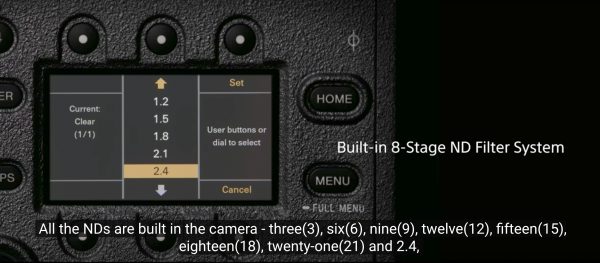
My second favorite feature is the 8 step mechanical ND filters.
Sony engineers really worked hard on this one and it’s the first cinema camera to offer ND filters with such a range from 0.3 to 8 stops. What a nice way to dial in your shot instead of sacrificing the look you want by changing the aperture or ISO you can dial in the perfect amount of ND. Sony states no color shift or IR pollution occurs throughout the range. Very impressive. Not having to make these types of changes with matte box mounted ND filters is also a huge time saver.
Why is the base ISO 500?

Some readers may well be surprised that the cameras base native ISO is just 500. While this may sound low for a camera in 2017 there is good reason behind this. During extensive testing and development Sony engineers found that the cameras best performance was obtained at 500ISO. At 500 ISO you have 6 stops of over exposure and 9 stops of under exposure. At only 500ISO the camera can see deep into the shadows but with the added benefit of reduced noise.
Stay frosty
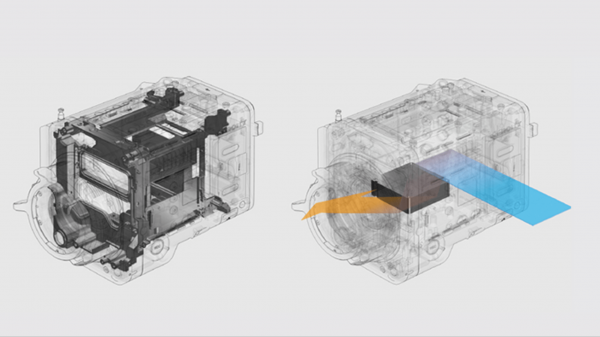
Sony said they wanted to make the VENICE as small and as robust as possible, but they also had to carefully consider the type of cooling system they would use to make sure the camera would be reliable in extreme environmental conditions. The smaller you make a camera body, the harder it is to make an efficient cooling system that allows it to work at a stable operating temperature.
Why isn’t the VENICE a 8K camera?
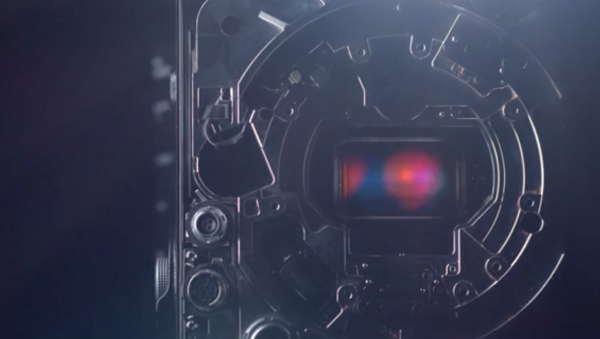
Sony chose to go with a 6K full-frame sensor instead of shooting for 8K. Their strategy behind this was to focus on colour reproduction, dynamic range and highlight detail. The photo-sites on the VENICE are larger than those on the F65. The advantage of using larger photo-sites is that you can achieve better image performance. Sony say that where they currently sit with image sensor technology, 6K was the sweet spot so to speak.
Audio
The camera has a single XLR line/mic input. So while you can run audio into the camera, it certainly doesn’t give you the audio capabilities of a F5 or F55.
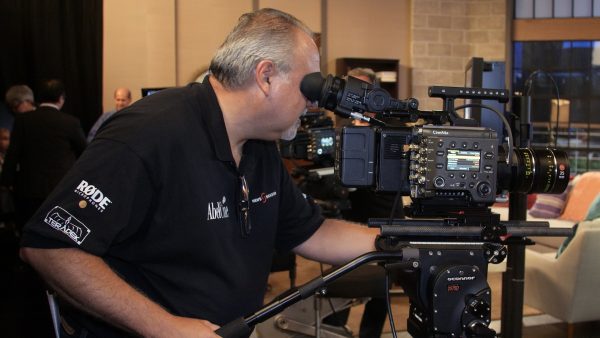
I can go on and on about the new Sony VENICE camera. It’s truly revolutionary with the amount of options available at a price cinematographers in the feature film business will like, however it’s not a camera that most of us will be able to afford. It does show where Sony is heading and a lot of the technology in a successful camera tends to trickle down into other offerings. If you are a F5 or F55 owner and are invested in many of the bits like the Sony EVF and AXS-R7 RAW recorder then the VENICE might be a good option for that feature you wanted to shoot.
IBC is coming up very soon and I cant wait to hit the floor with the Newsshooter crew! I think we will be talking about other new cameras very soon. It’s been a good year for us camera geeks!

